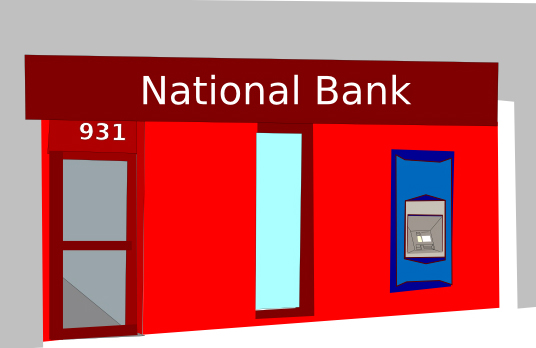
[Editor’s note: Roger and Lynn Normand are building a [no-glossary]Passivhaus[/no-glossary] in Maine. This is the 16th article in a series that will follow their project from planning through construction.]
If you have read my previous blog (“Seeing Red on a Green Property Appraisal – Part 1”), you know that the appraiser failed to list or value any of the green/energy efficient aspects of EdgewaterHaus. Does it matter?
Absolutely!
Most borrowers include the cost of the green enhancements as part of the overall construction cost. They then get a loan to cover some or all of the up-front construction cost. If the appraisal doesn’t value the green enhancements, the lender will likely reduce the value of the loan accordingly, particularly if the borrower is already at the maximum loan to value amount. It’s the “no tickee, no laundry” syndrome.
What are you willing to give up?
Without the money to finance the up-front cost of green enhancements, the borrower may be forced to decide among competing priorities. What to give up: Upgraded kitchen cabinets? Imported granite countertops? Backyard deck? Garage? Thicker walls for higher R-value insulation? Triple-pane windows for double-pane? Geothermal HVAC? Photovoltaic or solar thermal systems?
That’s a tough call for many people, even for those who want to go green. Green enhancements are often invisible — you can’t see the extra insulation; a window is a window. Yet it’s easy to fall in love with very visible upscale kitchen appliances, custom draperies, or the lovely landscaping. These amenities provides an immediate, visceral connection of quality and beauty, while the former is invisible to the casual observer.
Immediate gratification or delayed gratification?
Some green enhancements — like a tighter building envelope or a PV system — provide an economic benefit, but the payback period extends over a period of years. I’m not a sociologist, but I think most Americans prefer immediate versus delayed gratification. So they opt for the lovely imported tile floors — and so what if they spend $100 a month or more on utilities?
I should also clarify shades of “green” here. Good for you if you are going to replace incandescent bulbs with CFL bulbs, or use Energy Star appliances. Just don’t expect the appraiser to note or value that.
These are “typical” upgrades. I am talking about more substantial improvements, like additional wall, ceiling or sub-slab insulation beyond minimum code requirements. And while use of sustainable materials is noble for the environment, I suspect somewhere between few and not many individuals would be willing to pay more for a home that includes sustainable materials. Perhaps more importantly, there is really no way for the appraiser to objectively quantify the marginal market value of these materials.
So go for sustainable materials; just don’t expect them to be valued in the appraisal.
Suggestions for those facing an appraisal
In my web research, I found many articles written about the failure of property appraisers to equitably value green construction, but few suggestions on how to increase your chances of getting an appraisal that equitably values “green,” or how to challenge one that failed to do so.
So here are my suggestions freshly culled from the school of hard knocks. I wish I knew then what I have now learned through experience and research.
1. Work with a lending institution that sees real value in “green.” Lenders who value green construction may be just as scarce as green appraisers. It will likely be an easier case if you will be building or substantially remodeling a home to a nationally recognized LEED, Energy Star, Passive House green standard. Talk to the lender about whether they will support your green efforts before applying for the loan. If not, walk!
You want the lender on your side if your wanna-be green appraisal turns you red, like it did with us. Our lender was extremely supportive, agreeing to discard at no cost to us an appraisal that valued our Passivhaus/LEED Platinum home as “typical” for energy efficiency. The bank then agreed to engage another recognized green qualified appraiser.
2. Work with the lender to find an appraiser with green credentials. This can be tricky on many fronts. Lenders typically have a list of approved appraisers that they work with, and may be uncomfortable using an unfamiliar appraiser. Under new federal loan standards, neither you or the loan officer has any say in which of the approved appraisers will be selected. But you can suggest to the lender individuals from nationally recognized appraisal organizations that have demonstrated green skills.
One such organization is the Appraisal Institute (AI), a global membership association of professional real estate appraisers with more than 24,000 members throughout the world. AI launched a Green Valuation Program in January 2011 to “educate appraisers on the intricacies of valuing high-performance residential and commercial buildings.”
AI maintains a registry of individuals who have completed courses in residential and/or commercial courses in its Valuation of Sustainable Buildings program. Find out which appraisers in your region have completed these courses and suggest to the bank that they select one of these individuals. Fortunately for us, our bank agreed to employ one of the two AI members in our area with green credentials, even though they had never used him before.
3. Make sure the appraiser is properly armed with all the green features in the home. Don’t let the appraiser guess or assume he/she will realize all the features. Lead the horse to water and hope he will drink it!
Be sure the architectural drawings fully identify the green features. Ditto with the list of construction specifications. The appraiser should have access to all the drawings and specifications, and you should be suspicious if none are requested.
Provide the appraiser with a summary, brochure, web link or other reference material that explains the green construction standards you plan to meet. Offer to discuss the green specifics with the appraisers. Even better is to have the builder or architect discuss the green features with the appraiser.
Be specific, polite, and professional. And remember that the appraiser’s job is assess the VALUE on the property based on what other individuals are likely to willing to pay. So emphasize the economic benefits of energy efficient aspects.
4. Take a deep breath and wait for the appraiser to prepare the appraisal.
My next blog will discuss how the appraiser should recognize the green features of the home, and different approaches on valuing green.
The first article in this series was Kicking the Tires on a Passivhaus Project. Roger Normand’s construction blog is called EdgewaterHaus.
Weekly Newsletter
Get building science and energy efficiency advice, plus special offers, in your inbox.





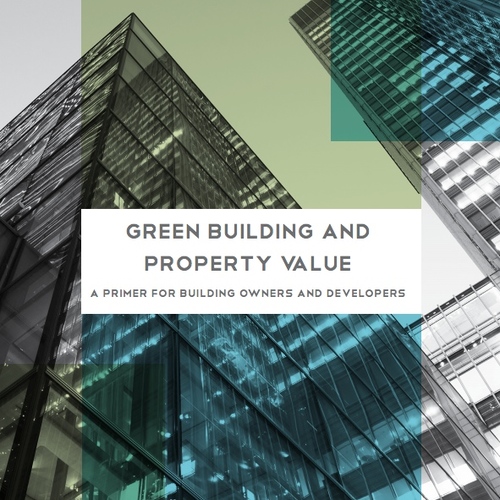
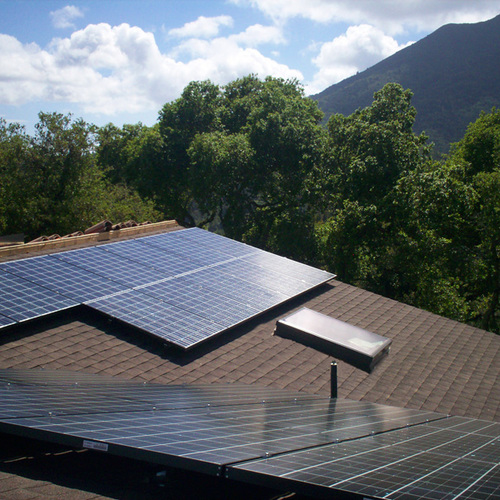
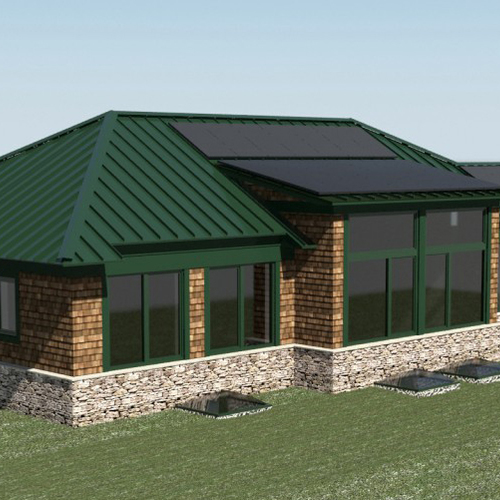
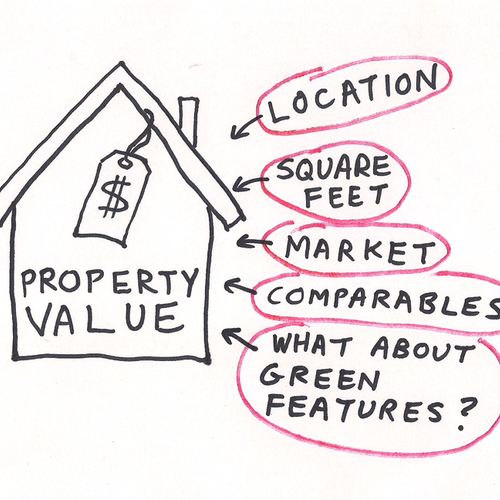






5 Comments
appraising PV
One topic I am hoping you will speak to specifically, is how to get a reasonable appraisal on the value of a PV system. Although PV is not the most cost effective green measure in many cases, it has the advantages of being visible and desirable (at least to some buyers). It can be easily retrofit (compared to say, extra insulation) and its financial benefits are pretty straightforward to estimate. As such I would expect PV value to be easily incorporated into appraisals, but from what I have seen so far, it typically is not.
Any strategies for getting a PV system valued properly in an appraisal? (I'm in California, if that makes a difference.)
our appraiser ignored our PV system
We recently installed a 2.25 kW system on our roof and later had an appraisal for a refinance. The appraiser noted the solar panels on the roof but did not add any value as a result. I did not expect them to since I had previously spoken to another appraiser about that and also we didn't need the appraisal to reflect the increased value.
I also found a Sandia National Labs tool called PV Value that provides an estimate for the value of PV panels, though I'm not sure if appraisers will use this.
http://energy.sandia.gov/?page_id=8047
As the post above states, it all comes down to comps. Once there are more comps that appraisers can look at, then they might start to include this value (which seems like it will take a long time for this to occur in all markets).
------
our solar PV system
Double-edged sword
Be careful what you wish for: in some cases, a higher appraisal for a PV system means higher property taxes. The higher property taxes may cut deeply into the anticipated savings you expect from installing the PV system.
It's wonderful that this
It's wonderful that this conversation is finally starting to be had. For green building to move into the mainstream, i.e. appraisals and lending institutions, issues such as "how much value does a 10-year old 5kW pv system have on market value?" need to be vetted.
cost vs value,
As an appraiser, I have to say this is one of the more accurate commentaries I have seen. Let me add a few comments, though. If you don't identify the details, don't expect even a knowledgeable appraiser to mention them. details as to their cost are also helpful. But cost does not ma value. Just as a pool usually costs more than buyers are willing to pay, so do green features. Without comps, an appraiser can not prove to the required standard how much a green feature is worth. Since lenders love to sue appraisers if the property is over-valued, don't expect an appraiser to go out on a limb. But, if there is something that is not mentioned, or if you can prove the value of something (PV??) that is ignored, you can protest the appraisal. But you have to be able to state the case for the value you want added. PS, in most states there is no connection between a bank appraisal and property taxes. In Ca a taxing agency would have to have a warrant to see my appraisal done for a bank. I can only assume it is similar in other states. Most property tax assessments in CA with Prop 13 are based on purchase price.
To get an item valued, ie PV, you have to be able to show how much a typical buyer has paid for it. 2 ways; do a statistical analysis of many home sales that have PV, ie multilinear regression. Or show several sales of otherwise similar home and compare them to sales with PV. This is very hard to come by sufficient data. If cost was say 20,000 for original system and several paired sales show a 10,000 return; who is to say what part of a $500,000 house is actually the PV? Pools are the classic case this is used with, and pool sales are way more common than PV. Add to that the difference in PV where 1 owner owns the system, another only leases the system, you have a nightmare.
Log in or create an account to post a comment.
Sign up Log in